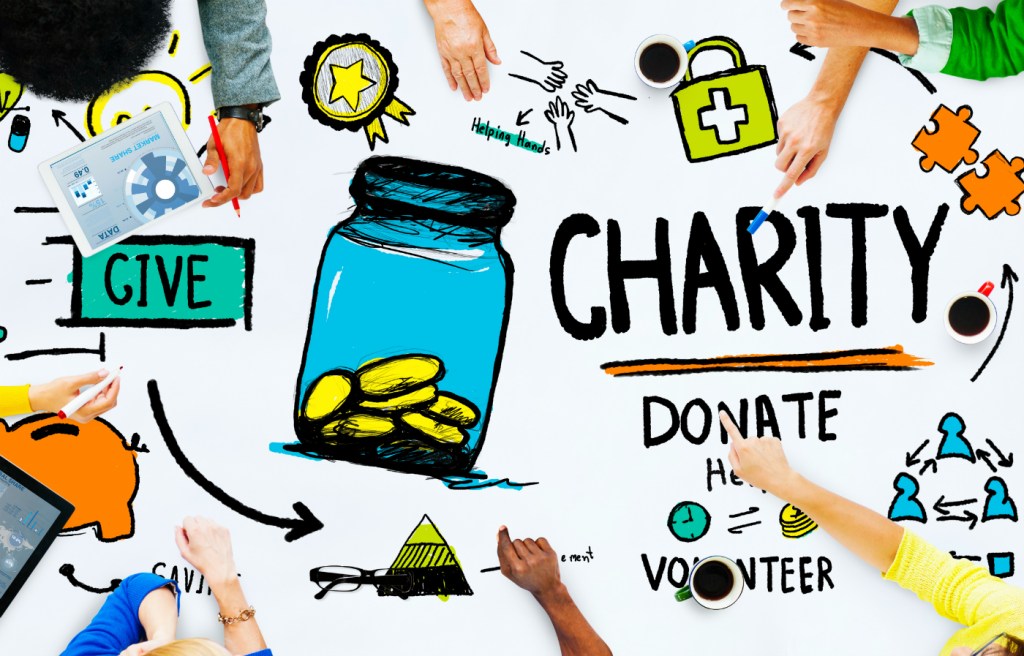3Qs: #GivingTuesday and how to measure the impact of your gift

The days that follow Thanksgiving often center around ringing in the holidays and kicking off holiday shopping. Yet while Black Friday and Cyber Monday are known for the large numbers of people looking for the biggest deals, #GivingTuesday is quite the opposite. The global day of giving, started in 2012 by New York City’s 92nd Street Y in partnership with the United Nations Foundation, focuses on using social media to bring people and causes together in the spirit of philanthropy. The initiative boasts more than 30,000 partners in 68 countries and a quarter of a million mentions of #GivingTuesday on Twitter.
We asked Patricia Illingworth, a professor in both the Department of Philosophy and Religion in the College of Social Sciences and Humanities and in the D’Amore-McKim School of Business, as well as a lecturer in law, to analyze the origins, ethics, and driving factors behind #GivingTuesday.
What are the positive and negative outcomes of dedicating one day to philanthropy, as opposed to encouraging people to give back throughout the year?
The relatively new practice of identifying one day to celebrate giving and generosity is of concern because it may encourage people to give without due consideration to the charities to which they are giving. Rather than give to the most effective charities, after some research into charities, donors may give in response to social pressure to meet an arbitrary day of giving. Although social norms can be helpful in encouraging people to give, they should probably not play much of a role in the choice of charity or sector choice. Furthermore, having given on #GivingTuesday, people may feel that they have fulfilled their responsibility to give. It is also a little disconcerting that #GivingTuesday follows Black Friday and Cyber Monday, both days that encourage excessive spending and consumerism. From an ethics and philanthropy point of view, the priorities are misplaced. If anything, one ought to live and spend modestly so that one can give generously to others.
Accordingly, the day devoted to charity, generosity, and helping others ought to precede the days of spending on oneself, and purchasing yet another bigger and better HDTV. The status quo unfortunately suggests that charity comes after consumerism and only if people have money left after spending it on themselves and their loved ones on Black Friday and Cyber Monday.
More positively, it is always good to remind people to give, and people are inclined to give when they know that others are giving. Peer pressure helps to incentivize giving. Thus, insofar as #GivingTuesday draws attention to giving it likely increases giving. Of course, giving is only morally praiseworthy when money is donated to morally praiseworthy charities.
How has social media and crowdfunding changed the scope and way we give to charities and causes, and how might the use of technology and social platforms shape giving in the future?
Social media and crowdfunding may have contributed to less thoughtful giving. Rather than give to charities that address the greatest need and are most effective at meeting that need, people may be more inclined to give to charities that have a social media presence and that appeal to the donor’s personal whims. In addition, many crowdfunding campaigns do not provide transparency, and when campaign goals are not met, money can be diverted to other “causes” about which the donor has no knowledge, nor any control. Unfortunately, need is great and charitable dollars are limited. If money is spent on personal whim or successful crowdfunding campaigns it will not be spent on malaria nets, or global poverty.
What criteria should people use to select charities and opportunities for philanthropy, and how can they measure the impact of their gift?
From an ethics and philanthropy perspective, a concern is that #GivingTuesday encourages people to give to organizations that have the loudest social media presence rather than to charities where giving will be most effective. A new giving movement called effective altruism argues that giving should be done on the basis of where dollars will have the greatest impact on reducing suffering. A greatest impact test may or may not coincide with charities that have a loud social media presence—in fact, those charities may be wasting money on social media—or those that donors feel deeply about, or their friends tell them about. When need is great, and donors can have a significant impact on reducing need and suffering, it is important that they engage in due diligence to ensure that their money is doing the most good it can do. There are now meta charities, such as Charity Navigator and Give Well that do research on the most effective charities. Meta charities have demonstrated, for example, that global health charities do a good job of reducing suffering and maximizing social good given the available charitable dollars. The most effective charities are not necessarily the same charities that spend money on marketing and soliciting donations. People should also donate to charities that provide transparency and accountability. I would like to see the #GivingTuesday folks encouraging effective giving, based on due diligence, rather than “give, give, give”— which is a little too much like “shop, shop, shop.”





